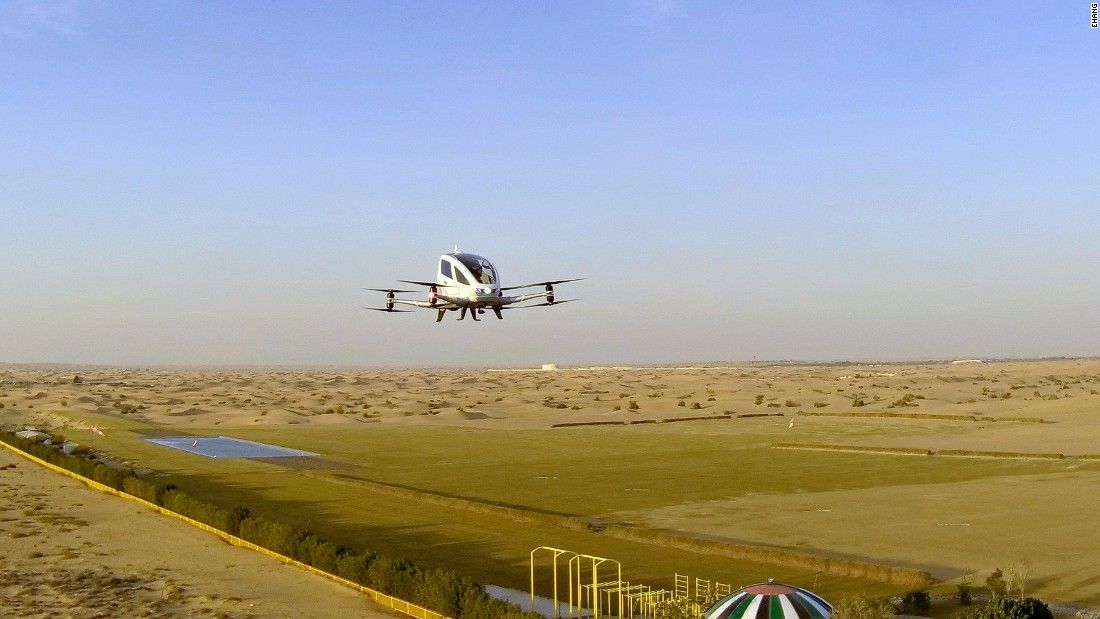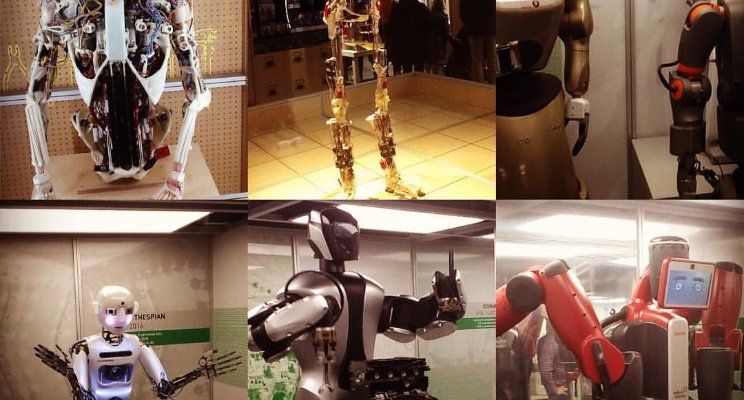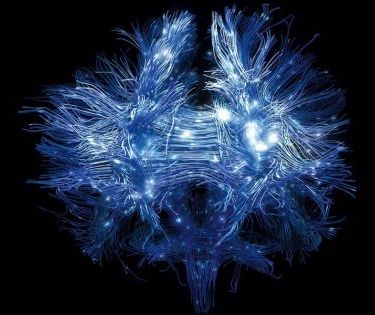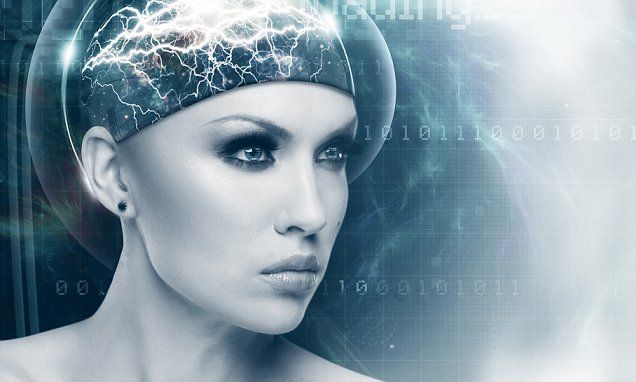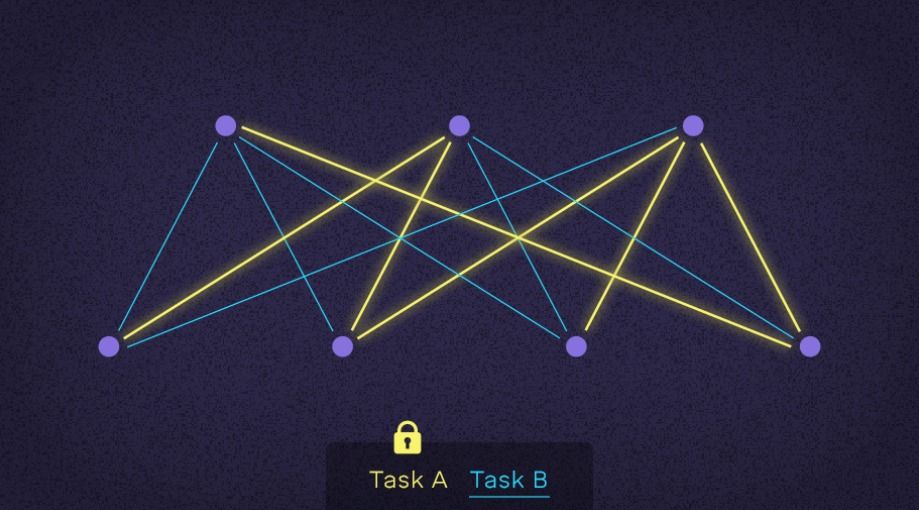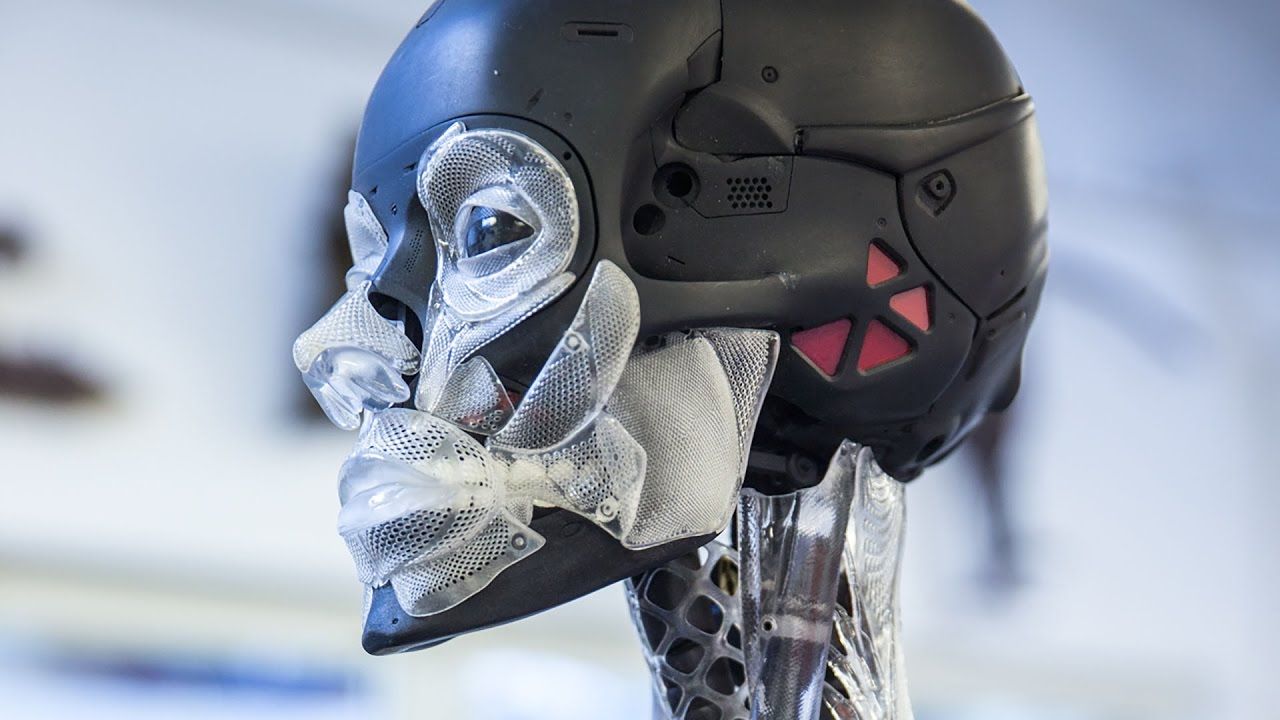A few ideas on self-awareness and self-aware AIs.
I’ve always been a fan of androids as intended in Star Trek. More generally, I think the idea of an artificial intelligence with whom you can talk and to whom you can teach things is really cool. I admit it is just a little bit weird that I find the idea of teaching things to small children absolutely unattractive while finding thrilling the idea of doing the same to a machine, but that’s just the way it is for me. (I suppose the fact a machine is unlikely to cry during the night and need to have its diaper changed every few hours might well be a factor at play here.)
Improvements in the field of AI are pretty much commonplace these days, though we’re not yet at the point where we could be talking to a machine in natural language and be unable to tell the difference with a human. I used to take for granted that, one day, we would have androids who are self-aware and have emotions, exactly like people, with all the advantages of being a machine—such as mental multitasking, large computational power, and more efficient memory. While I still like the idea, nowadays I wonder if it is actually a feasible or sensible one.
Don’t worry—I’m not going to give you a sermon on the ‘dangers’ of AI or anything like that. That’s the opposite of my stand on the matter. I’m not making a moral argument either: Assuming you can build an android that has the entire spectrum of human emotions, this is morally speaking no different from having a child. You don’t (and can’t) ask the child beforehand if it wants to be born, or if it is ready to go through the emotional rollercoaster that is life; generally, you make a child because you want to, so it is in a way a rather selfish act. (Sorry, I am not of the school of thought according to which you’re ‘giving life to someone else’. Before you make them, there’s no one to give anything to. You’re not doing anyone a favour, certainly not to your yet-to-be-conceived potential baby.) Similarly, building a human-like android is something you would do just because you can and because you want to.
Read more

